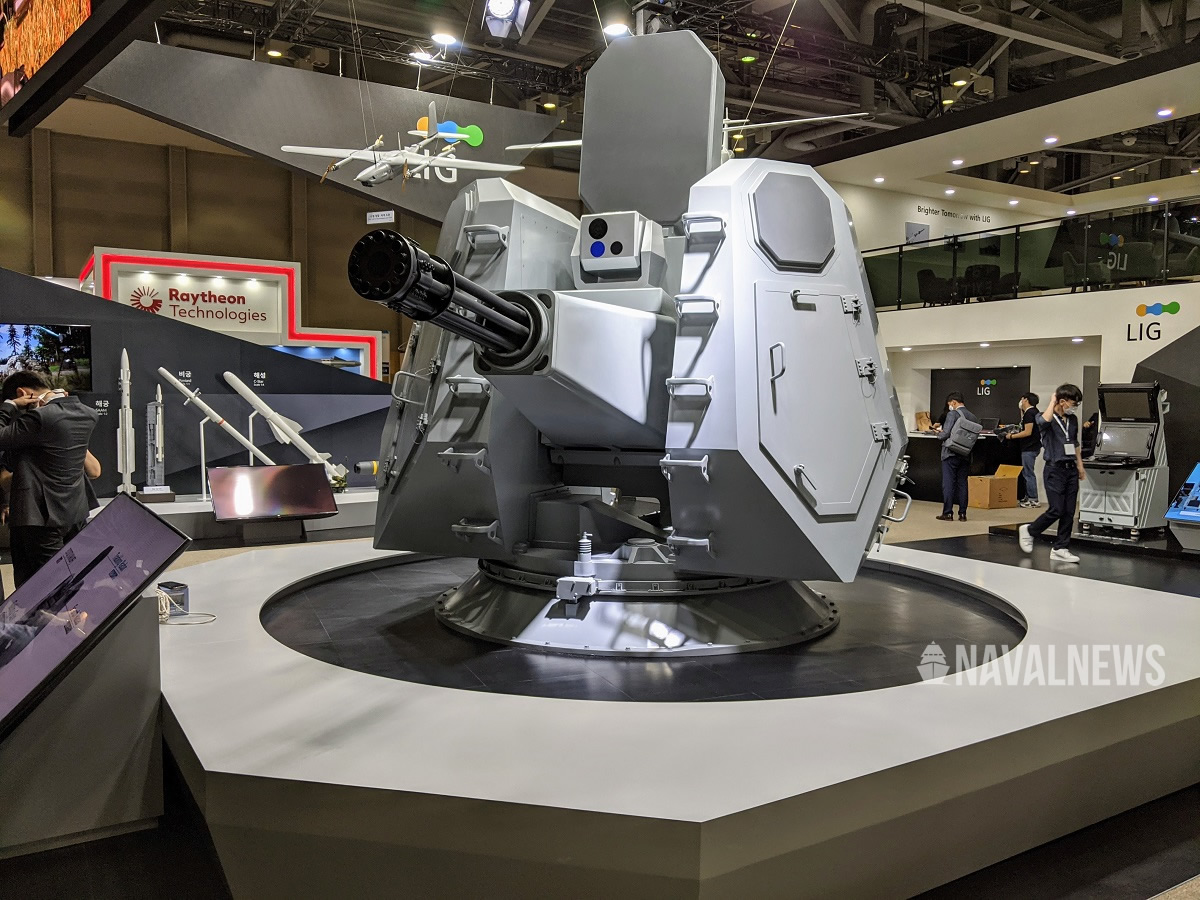I wouldn't worry too much about the drumbeat if an old article from ADM is accurate A quiet Hunter - Navy's Future Frigate - Australian Defence Magazine then they are meant to be finished building the last boat in early 2040's with Nigel Stuart quoted in 2018 that the hunters will run at an 18 - 24 month drumbeat. At that I think the plan was for a younger fleet all along if the aim is to replace all our major surface combat ships over an 18-24 year period before starting all over again with immediate replacement of 1st Hunter.
With final builds of all hunters finished between 2027 and early 2040's at least original plan that is at most a 2 year drum beat with potential to reduce to 18 months.
Their really isn't much if anything we could leave off the ships to build them faster. Need to get the hulls right which means assuming the kit we want or we could end up with 2 to 3 different frigate variants with little room to standardise them with out risky and expensive rebuilds.
With final builds of all hunters finished between 2027 and early 2040's at least original plan that is at most a 2 year drum beat with potential to reduce to 18 months.
Their really isn't much if anything we could leave off the ships to build them faster. Need to get the hulls right which means assuming the kit we want or we could end up with 2 to 3 different frigate variants with little room to standardise them with out risky and expensive rebuilds.



